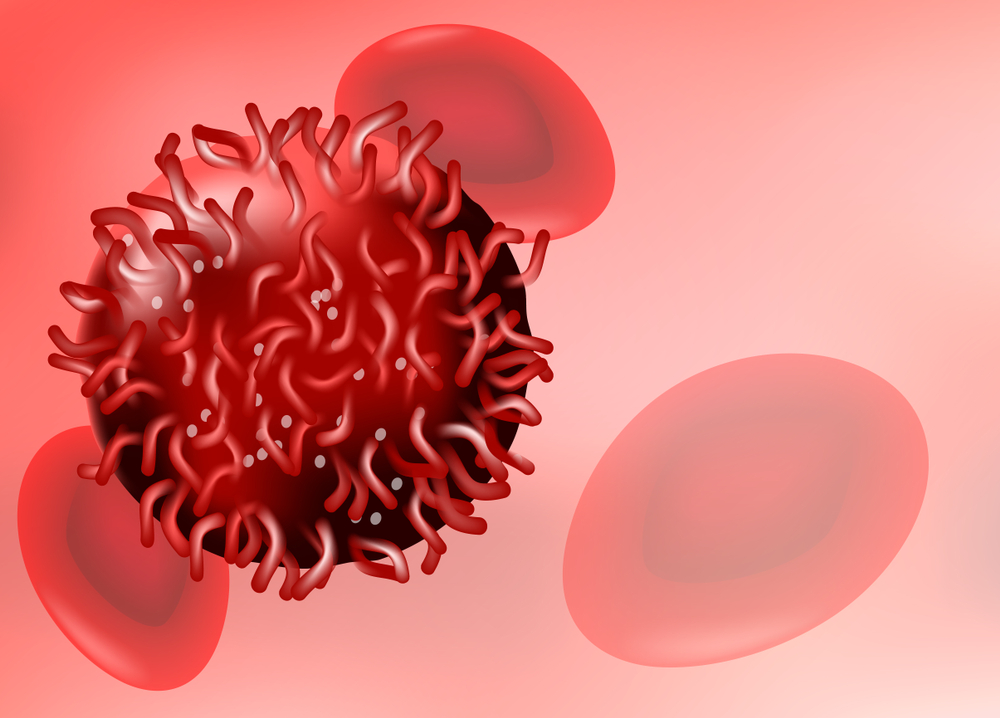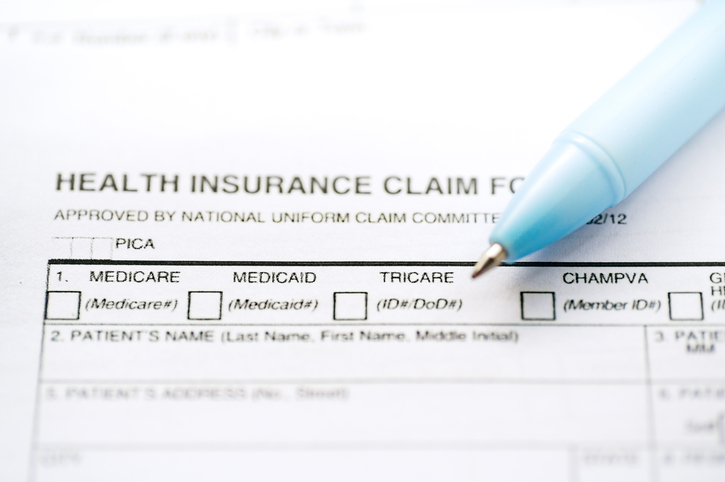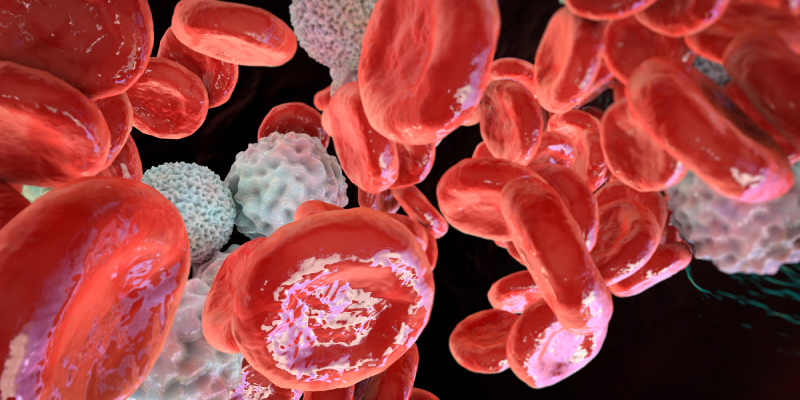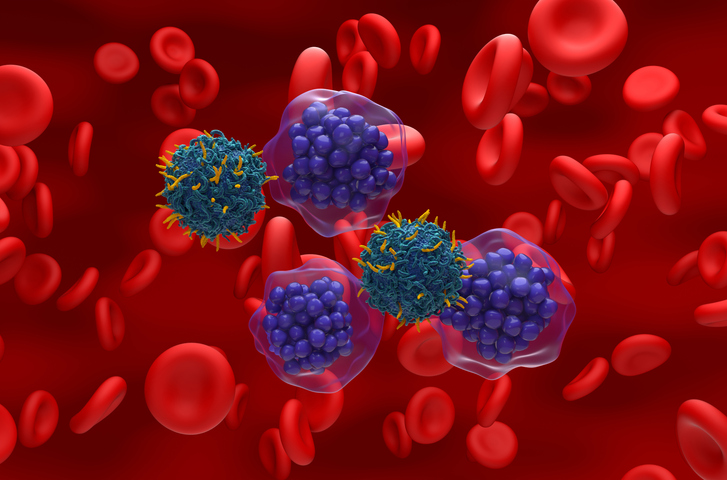
The combination of acalabrutinib plus venetoclax and rituximab (AVR) is well tolerated and induces durable and deep clinical and molecular responses in patients with treatment-naïve mantle cell lymphoma (MCL), according to a phase Ib study.
The results of the two-year safety and efficacy analysis were presented in a poster session at the 2022 American Society of Hematology Annual Meeting by Michael Wang, MD, of the University of Texas MD Anderson Cancer Center, and colleagues.
The open-label, single-arm, multicenter, phase Ib study enrolled adults with treatment-naïve MCL who received acalabrutinib plus rituximab for six 28-day cycles with maintenance rituximab for up to two years for responders and oral acalabrutinib continuously until progressive disease or intolerable toxicity. Venetoclax started at cycle two with a standard five-week ramp-up to 400 mg/day and continued for two years.
The study enrolled 21 patients (median age, 66 years; range, 51–85). In terms of clinical characteristics, 90.5% [n=19] had Ann Arbor stage IV disease, 71.4% [n=15] had initial bone marrow involvement, 19% [n=4] had a high-risk simplified Mantle Cell lymphoma International Prognostic Index score, and 4.8% [n=1] had blastoid histology.
At data cutoff (March 29, 2022), 15 patients (71.4%) remained in the study, while five (23.8%) died of COVID-19, and one (4.8%) started new therapy.
Treatment response was assessed by clinical examination, computed tomography (CT), and positron emission tomography (PET) by Lugano criteria. The overall response rate was 100% (n=21), complete response rate was 90% (n=19), and partial response rate was 10% (n=2) by PET/CT.
Median time to initial response and best response were 2.8 (range, 0.7-5.6 months) and 3.0 (range, 0.7-18.3 months) months, respectively. Median duration of response was not reached even after censoring COVID-19 deaths. With a median follow-up of 25.8 months (range, 8.0-38.5 months), the median progression-free survival (PFS) and overall survival were not reached. PFS rates at one and two years were 90% (95% CI, 65.6-97.4) and 54.4% (95% CI, 21.6-78.5), respectively (both were 94.7% [95% CI, 68.1-99.2] after censoring COVID-19 deaths)
“This study strongly supports further clinical investigation of AVR for treatment-naïve MCL,” the authors wrote.
Reference
Wang M, Robak T, Maddocks K, et al. Acalabrutinib plus venetoclax and rituximab in patients with treatment-naïve (TN) mantle cell lymphoma (MCL): 2-year safety and efficacy analysis. Abstract #2884. Presented at the 64th ASH Annual Meeting and Exposition; December 10-13, 2022; New Orleans, Louisiana.






 © 2025 Mashup Media, LLC, a Formedics Property. All Rights Reserved.
© 2025 Mashup Media, LLC, a Formedics Property. All Rights Reserved.